Costa Rica may be small, but it packs a powerful punch. With active volcanoes, lush rainforests, golden beaches, and wildlife you won’t find anywhere else, this Central American paradise offers something for every type of traveler. Whether you’re in search of adventure, relaxation, or a deep dive into nature, Costa Rica delivers it all with a side of pura vida—the laid-back lifestyle that defines the country’s spirit.
From the misty mountains of Monteverde to the sun-soaked shores of Santa Teresa, the options are as diverse as the landscapes themselves. You can surf world-class waves in the morning, hike past waterfalls by afternoon, and soak in hot springs under a starry sky that night. This is a place where the roads may be bumpy, but the rewards are worth every mile.
Ready to plan your trip? Here are 20 of the best places to visit in Costa Rica—each one offering its own unforgettable experience.
1. Arenal Volcano National Park
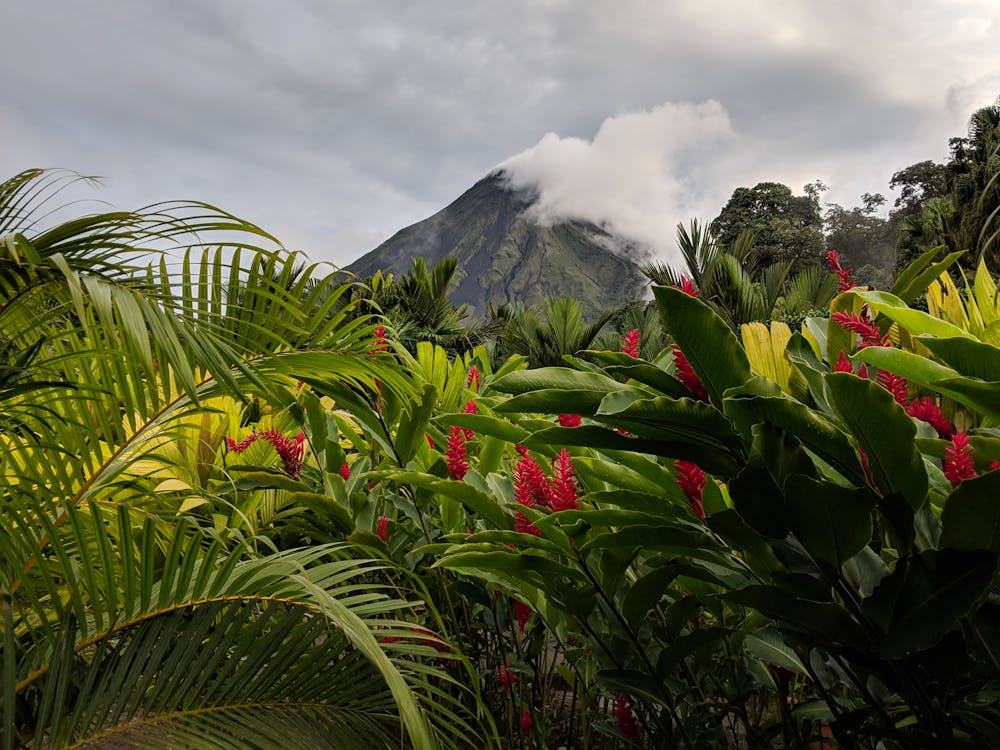
Arenal Volcano National Park is one of Costa Rica’s most iconic destinations. Towering at over 5,000 feet, the Arenal Volcano was one of the country’s most active volcanoes until 2010, and although it’s currently dormant, it still dominates the skyline with its classic cone shape. Visitors come to hike through lava fields, dense rainforest trails, and scenic lookouts that offer panoramic views of the volcano and Lake Arenal. One of the top attractions in the area is the La Fortuna Waterfall, a powerful 230-foot cascade you can reach via a short but steep hike. The nearby hot springs—heated by geothermal energy—are perfect for a relaxing soak after a day of adventure. Tabacón and EcoTermales are popular options, each offering different levels of luxury and natural ambiance. Adventure lovers can also try zip-lining, white-water rafting, or horseback riding through the countryside. With eco-lodges, boutique hotels, and a wide range of tours, Arenal is perfect for both adrenaline junkies and those seeking peace in nature.
2. Manuel Antonio National Park

Though small in size, Manuel Antonio National Park is one of Costa Rica’s most visited and biodiverse parks. Located on the Pacific Coast near the town of Quepos, this park is a stunning blend of lush rainforest, pristine beaches, and abundant wildlife. Within just a few hours of walking, you might see white-faced capuchin monkeys, howler monkeys, sloths, iguanas, toucans, and even deer. The trails here are well-marked and accessible for most fitness levels, making it a great option for families. Several trails lead to quiet coves with soft sand and calm turquoise water—perfect for swimming or snorkeling. Playa Manuel Antonio, located inside the park, is consistently rated one of the best beaches in Central America. Outside the park, the town of Manuel Antonio has plenty of restaurants, ocean-view bars, and eco-resorts. Guided tours are highly recommended here, as local naturalists can point out wildlife that visitors might miss on their own.
3. Monteverde Cloud Forest Reserve
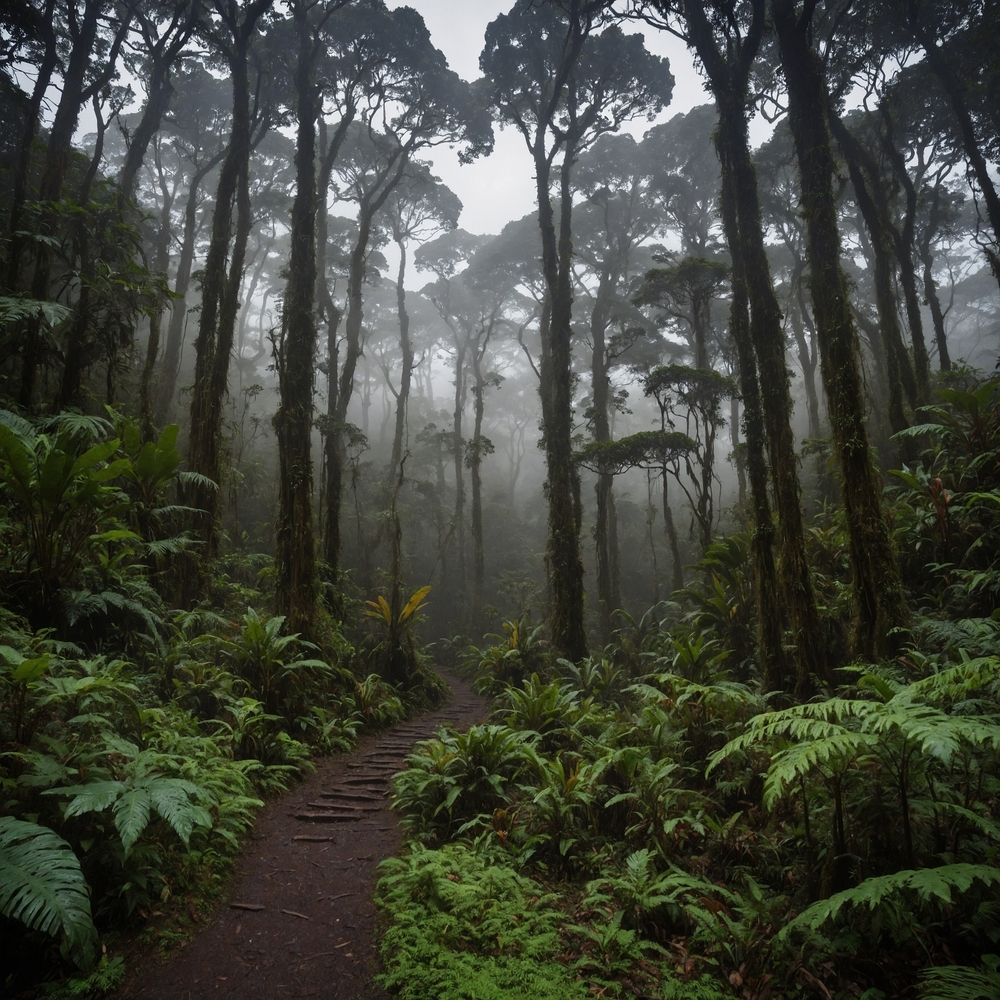
Monteverde is like stepping into another world—cool, misty, and draped in moss and fog. Sitting high in the Tilarán Mountains, this cloud forest reserve is one of the best places to experience Costa Rica’s rich biodiversity in a mystical, almost otherworldly setting. With over 2,500 plant species and 400 types of birds, it’s a paradise for nature lovers and birdwatchers. A top sight is the resplendent quetzal, a vibrantly colored bird sacred to Mesoamerican cultures. You’ll also find howler monkeys, glass frogs, and countless species of orchids. Walking the suspended bridges of the Sky Walk gives you a canopy-level perspective, while zip-line tours like Sky Trek offer high-speed fun above the treetops. Monteverde has a strong eco-conscious culture. Many lodges and restaurants are committed to sustainability, and it’s one of the few places where conservation and tourism truly work hand in hand. Be sure to bring a jacket—it gets chilly at night.
4. Tortuguero National Park
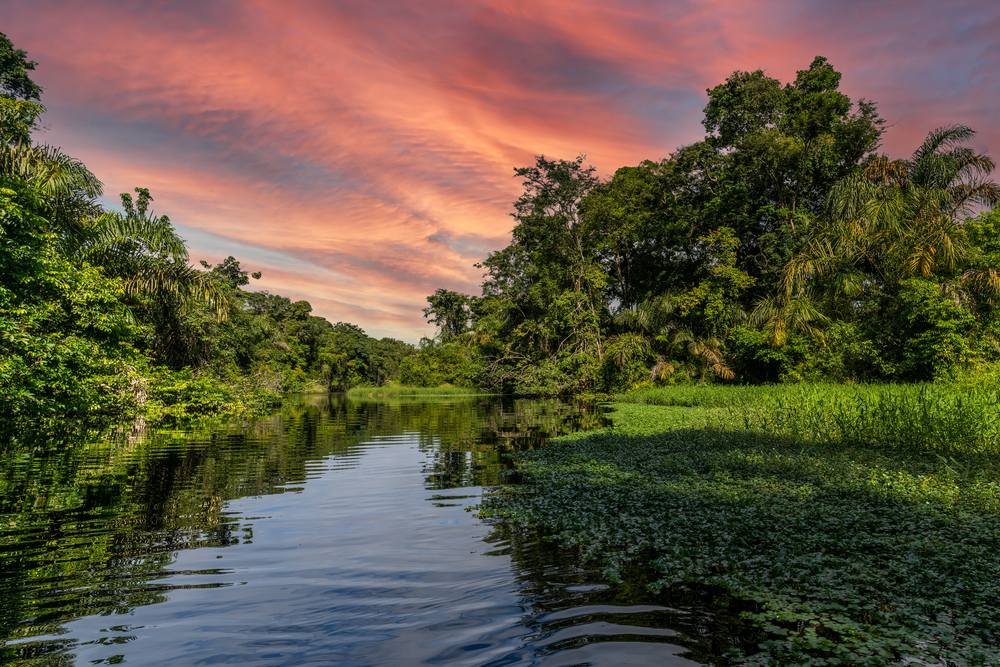
Tortuguero is often called “the Amazon of Costa Rica” for good reason. This remote network of canals, rivers, and wetlands is accessible only by boat or small plane, and that isolation has preserved its wild character. The park is a sanctuary for endangered green sea turtles, which nest on its beaches from July to October. Visitors can witness this incredible natural event on guided nighttime tours. But turtles aren’t the only stars. The waterways are home to manatees, crocodiles, caimans, monkeys, and over 300 species of birds. Guided boat rides through the canals are the best way to see wildlife up close, especially in the early morning or at dusk. Tortuguero Village offers rustic lodging and a glimpse into local Afro-Caribbean culture. Despite its remote location, the region has a vibrant and welcoming feel. If you’re looking to disconnect from the world and reconnect with nature, Tortuguero is a must.
5. Corcovado National Park
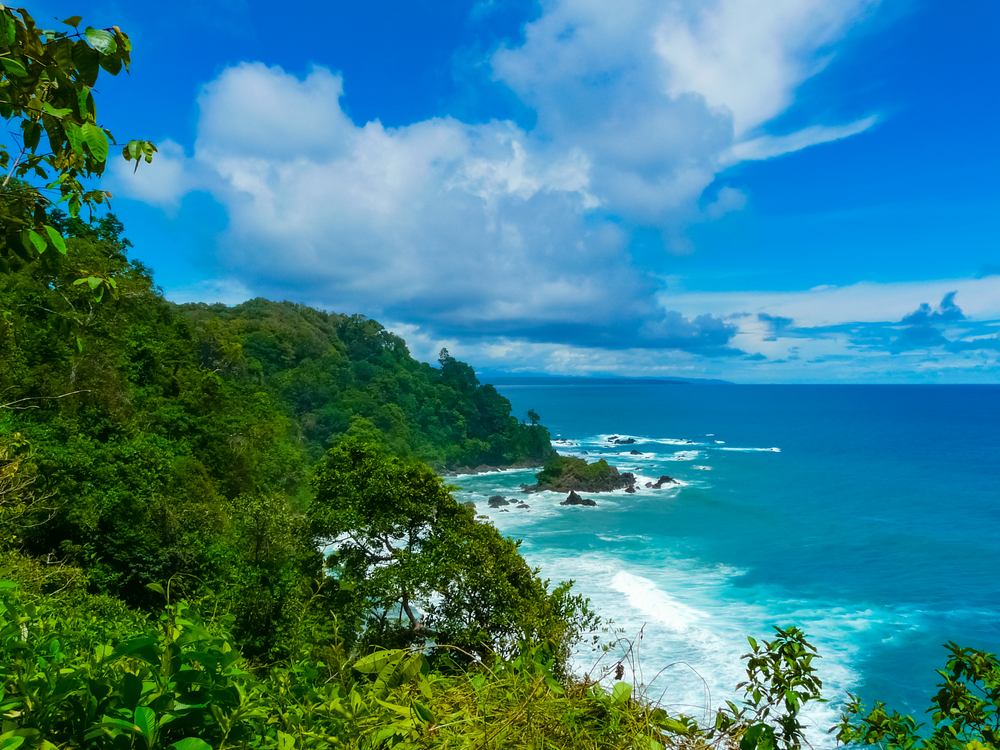
The remote Osa Peninsula, Corcovado National Park is hailed as the crown jewel of Costa Rica’s national parks. National Geographic once called it “the most biologically intense place on Earth.” This park protects nearly half of the Osa Peninsula, encompassing untouched rainforest, coastal habitats, and winding rivers. It’s one of the few places where jaguars, pumas, and tapirs still roam freely. Corcovado is home to all four of Costa Rica’s monkey species, including the rare squirrel monkey, as well as scarlet macaws, anteaters, and hundreds of bird and insect species. Exploring the park requires a bit more effort. Best accessed from the small towns of Drake Bay or Puerto Jiménez, and many trails can only be done with a licensed guide. Most visitors hike through the park on multi-day treks, but shorter day trips are available for those with less time. The remoteness and rawness of Corcovado make it an unforgettable experience for those willing to get a little muddy.
6. Tamarindo
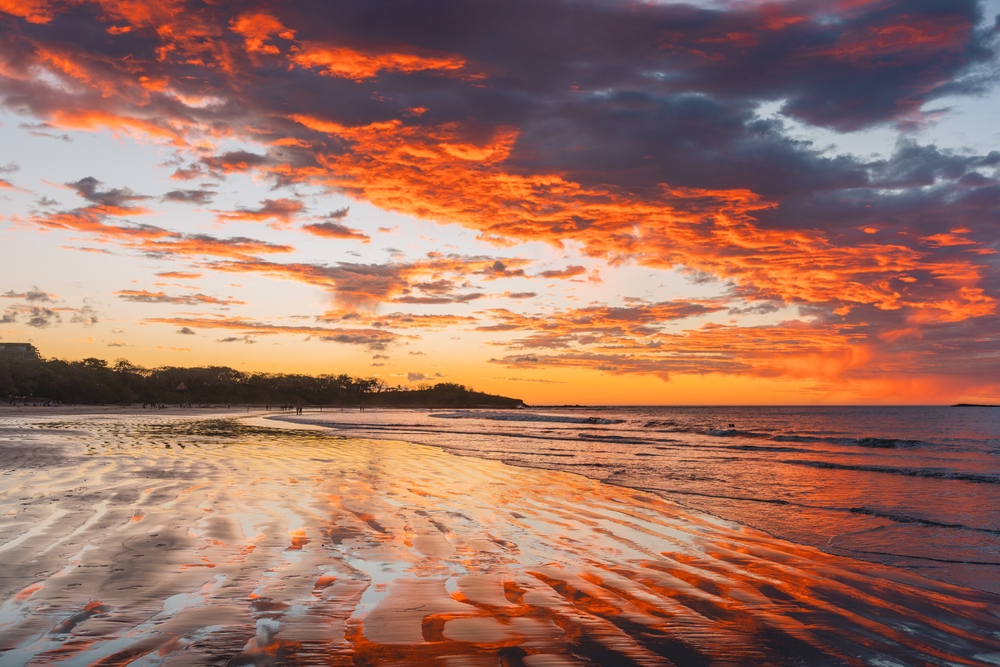
Tamarindo is a bustling beach town on Costa Rica’s Pacific Coast that has evolved from a sleepy fishing village into a lively hub for surfers, backpackers, and families. It’s known for its long, golden beaches, consistent waves, and warm, dry weather—especially during the dry season from December to April. The main beach, Playa Tamarindo, is great for beginner surfers thanks to its mellow breaks and plentiful surf schools. For more experienced surfers, nearby Playa Langosta offers a challenge with faster and more powerful waves. Beyond surfing, Tamarindo offers a range of outdoor activities like horseback riding on the beach, ATV tours through the jungle, kayaking in the estuary, and sunset sailing trips. Wildlife is also close by—just outside town, you can visit the Tamarindo Wildlife Refuge to spot crocodiles, howler monkeys, and tropical birds. The town itself has an energetic, social vibe with plenty of cafes, seafood restaurants, bars, and nightclubs, as well as accommodations for every budget, from luxury villas to budget hostels.
7. Santa Teresa
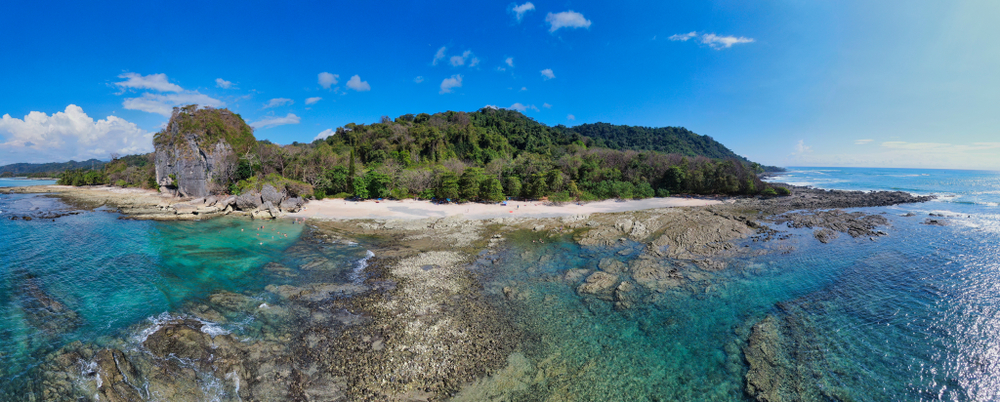
Santa Teresa is a remote beach town on the Nicoya Peninsula that has gained international popularity for its surf culture, barefoot luxury, and wellness scene. Once a hidden gem, it’s now a hotspot for surfers, yogis, artists, and digital nomads who come for the consistent waves and bohemian lifestyle. The beaches here—like Playa Carmen and Playa Hermosa—are long, clean, and ideal for both beginner and advanced surfers. During low tide, natural tide pools form along the rocky sections of the coastline, offering calm water for swimming and relaxing. The town’s dusty roads are lined with smoothie bars, organic cafes, yoga studios, and boutique hotels that emphasize sustainability and nature. While Santa Teresa retains a chilled-out atmosphere during the day, the nightlife has grown with beachfront bars and weekend DJ sets. It’s a bit challenging to reach due to the rough roads, but the journey is worth it for the raw beauty, sunsets, and laid-back charm that define the Santa Teresa experience.
8. San José
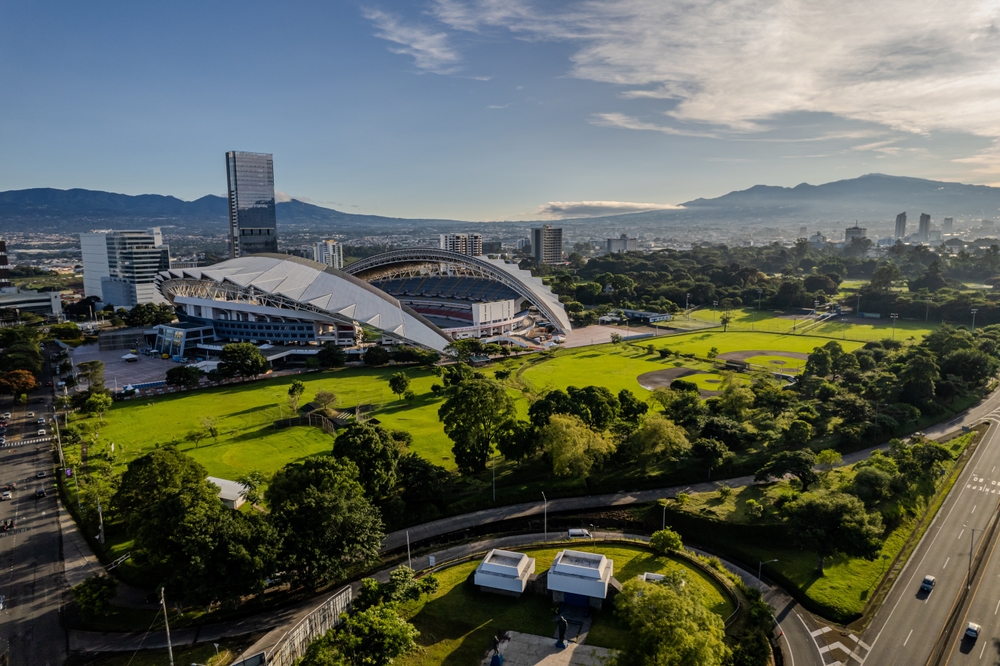
San José, Costa Rica’s capital and largest city, often gets overlooked by travelers eager to hit the beaches or rainforests—but it deserves at least a brief stop. As the country’s cultural and economic center, San José offers a glimpse into modern Costa Rican life with museums, art galleries, theaters, and colorful street markets. The National Theatre is a beautiful example of neoclassical architecture and regularly hosts ballet and music performances. Nearby, the Pre-Columbian Gold Museum and Jade Museum offer fascinating insights into the country’s indigenous history and artifacts. San José is also a good place to sample traditional Costa Rican food—try gallo pinto for breakfast or casado for lunch at a local soda (a small, affordable eatery). The city’s central location makes it a common arrival point for international visitors, and it serves as a convenient base for day trips to coffee plantations, volcanoes like Poás or Irazú, and rainforest canopy tours. Though not as polished as some other capitals, San José has its own rough charm and urban energy that rewards curious travelers.
9. Poás Volcano
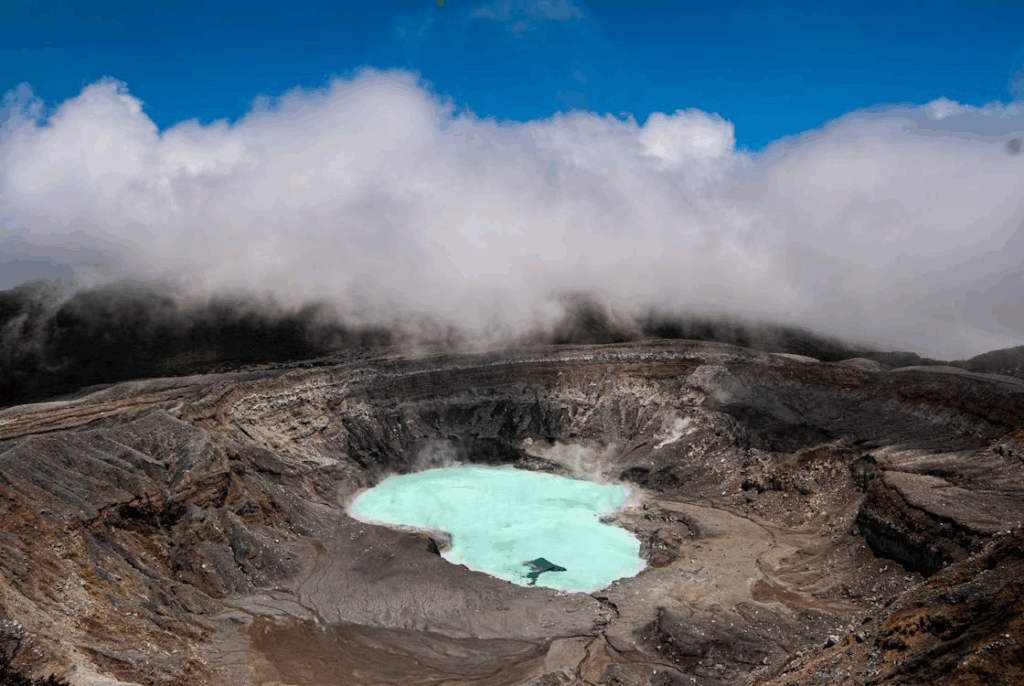
Poás Volcano is one of the most accessible active volcanoes in the country, located just 90 minutes from San José. It’s part of Poás Volcano National Park and is famous for its massive crater, which measures nearly a mile wide and contains a striking green-blue acid lake that emits clouds of steam. The park’s main lookout platform offers a dramatic view of the crater on clear days, and the surrounding trails take visitors through dwarf cloud forests, volcanic vents, and scenic overlooks. Due to occasional volcanic activity, the park may close temporarily, so it’s important to check ahead before visiting. The elevation here is high and can be chilly, so bring a jacket even on sunny days. Because it’s so close to the capital, Poás makes an excellent day trip and is often included on guided tours that combine stops at La Paz Waterfall Gardens or nearby coffee farms. While the hike is relatively short and beginner-friendly, the surreal lunar-like landscape and the dramatic scenery make it feel like stepping onto another planet.
10. Puerto Viejo de Talamanca
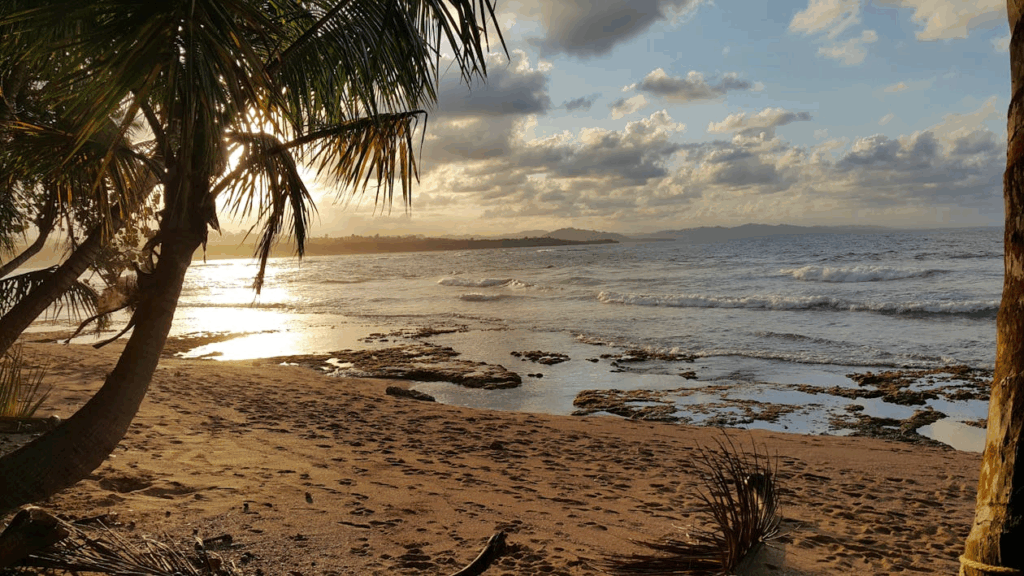
Puerto Viejo de Talamanca is a vibrant Caribbean beach town located in southeastern Costa Rica, near the border with Panama. This area offers a completely different atmosphere from the Pacific Coast—think reggae beats, colorful murals, Afro-Caribbean culture, and laid-back living. The beaches in Puerto Viejo are diverse and beautiful. Playa Cocles is popular for surfing, Playa Chiquita offers more privacy and tranquility, and Punta Uva is perfect for swimming, kayaking, or relaxing in a hammock. The town itself is small but lively, with roadside food stalls, beachfront bars, bike rentals, and artisan markets. Puerto Viejo is also a gateway to Cahuita National Park and the Jaguar Rescue Center, both of which provide close encounters with wildlife like sloths, toucans, and monkeys. Many visitors fall in love with the slow pace, friendly locals, and unique fusion of Costa Rican and Caribbean flavors. It’s a great spot for travelers seeking a more alternative or culturally immersive experience.
Read More: 10+ Reasons You’ll Want to Make Costa Rica Your Next Travel Destination
11. Rincón de la Vieja National Park
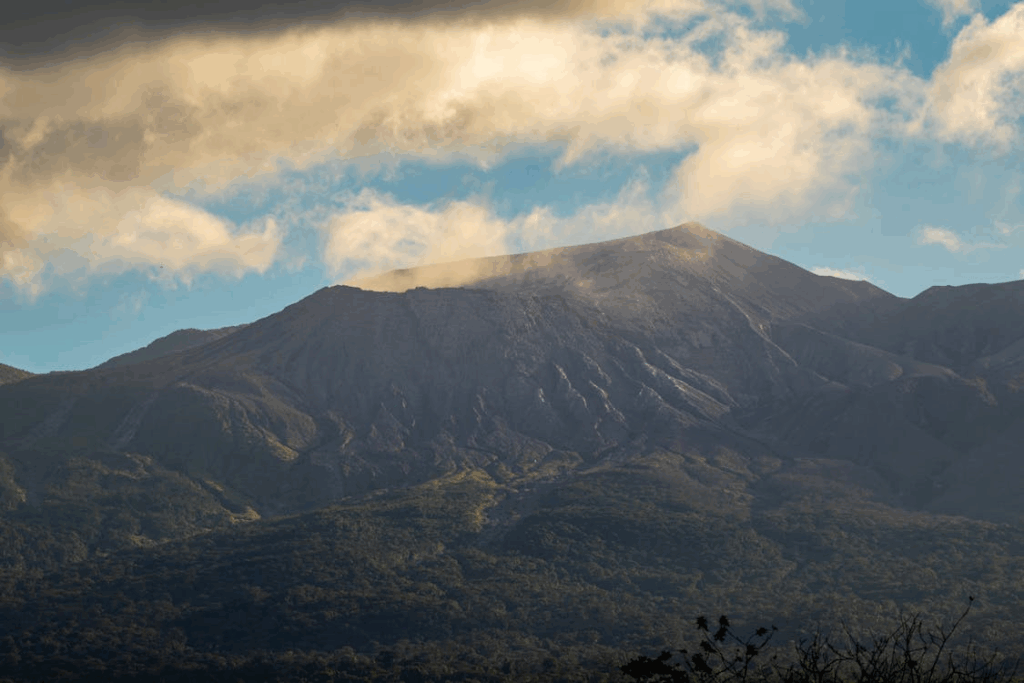
Rincón de la Vieja National Park, located in the northwestern province of Guanacaste, is a geothermal wonderland often overlooked by first-time visitors—but it shouldn’t be. Centered around the massive Rincón de la Vieja Volcano, the park offers a striking mix of bubbling mud pots, steaming fumaroles, natural hot springs, and waterfalls, all surrounded by tropical dry forest. Hiking trails range from easy loops to more strenuous treks that take you past sulfur vents and boiling rivers, giving the whole area an otherworldly vibe. One popular trail leads to La Cangreja Waterfall, a stunning blue cascade hidden deep in the forest. You can also enjoy river tubing, horseback riding, and canyoning in the surrounding region. Wildlife sightings are common and include white-faced monkeys, coatis, toucans, and sometimes even pumas. Because of its elevation and variety of ecosystems, the park feels refreshingly different from lowland rainforests. Nearby eco-lodges and haciendas make it easy to spend a couple of days exploring this diverse and less touristy area of Costa Rica.
12. Cahuita National Park
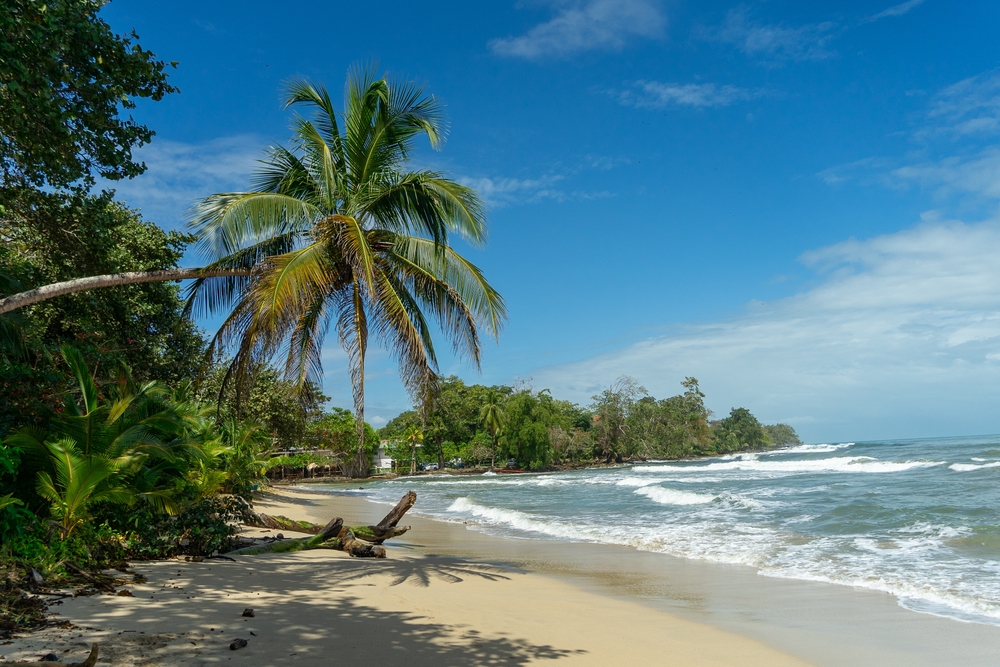
Cahuita National Park is a coastal treasure located on the Caribbean side of Costa Rica, just a short drive from Puerto Viejo. It’s known for its tranquil beaches, coral reefs, and easy-access wildlife. The park’s main trail runs parallel to the coastline and offers the unique opportunity to walk through dense tropical forest while listening to the sound of ocean waves just a few meters away. Along the way, visitors frequently spot howler monkeys, raccoons, sloths, and iguanas lounging in the trees. What really sets Cahuita apart, though, is the coral reef just offshore. This reef is one of the most extensive in Costa Rica and is home to hundreds of species of marine life, including colorful fish, sea urchins, rays, and reef sharks. Guided snorkeling tours are available and highly recommended, as they provide both safety and insight into the reef’s biodiversity. The park is donation-based, making it an accessible and eco-friendly destination. Its combination of laid-back Caribbean charm and rich natural offerings make Cahuita a must-visit for those looking to unwind and reconnect with nature.
13. Jaco
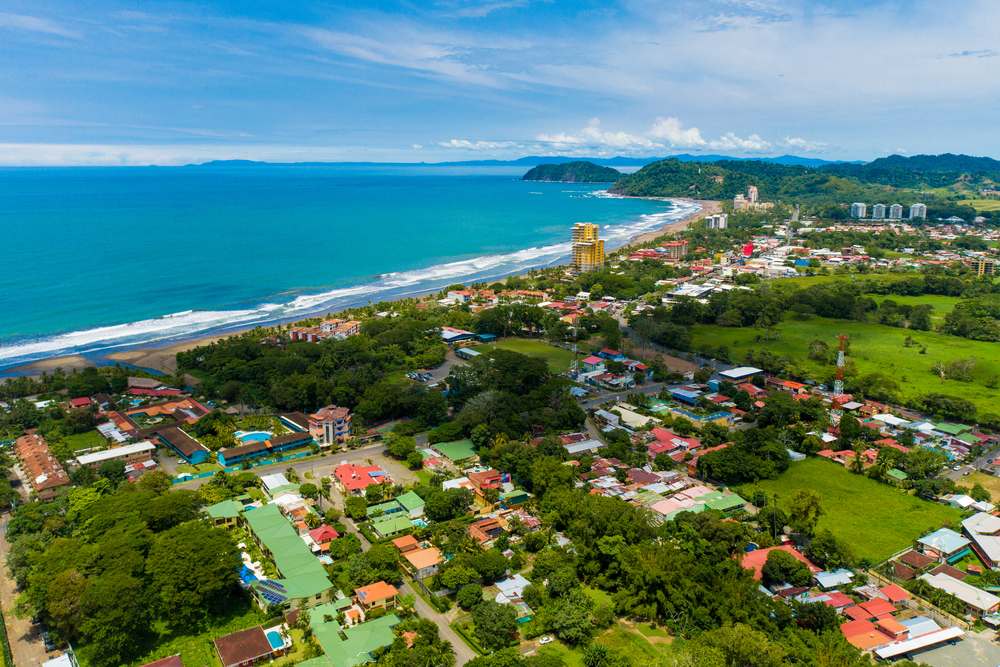
Jaco is a lively beach town on the Pacific Coast, popular with surfers, party-goers, and travelers who want a more urban beach experience. Just under two hours from San José, it’s often the first beach stop for many visitors and has developed into a full-service destination with all the amenities you could need—restaurants, casinos, surf shops, hostels, and upscale resorts. The main beach, Playa Jaco, is wide and offers consistent waves that cater to both beginner and intermediate surfers. For better waves and fewer crowds, Playa Hermosa, just a few minutes south, is a favorite among serious surfers and often hosts international surf competitions. Jaco also offers a surprising number of eco-adventures nearby, including ATV rides through the mountains, zip-lining over the rainforest canopy, and wildlife tours in Carara National Park, known for its scarlet macaws and crocodiles. While it’s not the most pristine or quiet beach town in Costa Rica, Jaco’s energy, accessibility, and diversity of activities make it an appealing stop for travelers who enjoy a mix of beach, nightlife, and adventure.
14. Dominical
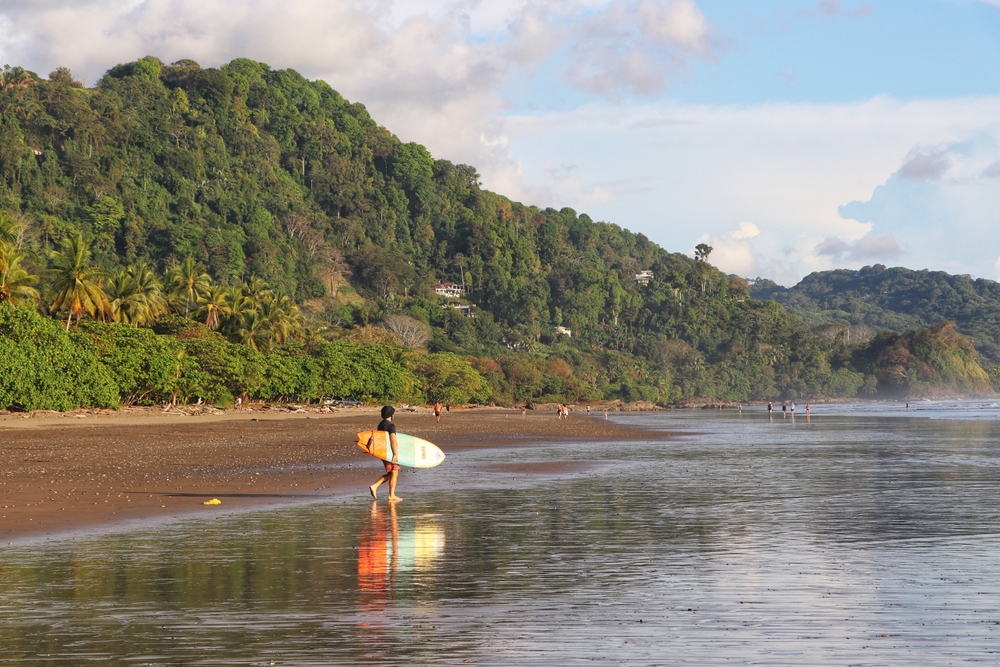
Dominical is a small beach town located along Costa Rica’s southern Pacific Coast, and it’s a haven for surfers, yogis, and travelers looking for a more relaxed, off-the-grid experience. The town’s main beach, Playa Dominical, has powerful waves ideal for experienced surfers, while nearby beaches like Playa Dominicalito and Playa Uvita offer gentler waters for swimming and snorkeling. What makes Dominical stand out is its balance between rugged nature and a strong, welcoming community of expats and locals. The streets are lined with artisan vendors, smoothie shacks, eco-lodges, and yoga studios, giving the town a rustic and wellness-focused charm. The surrounding rainforest is dense and teeming with wildlife, and a short drive inland leads to hidden waterfalls like Nauyaca Falls, where you can swim beneath towering cascades. It’s also close to Marino Ballena National Park and several wildlife reserves, making it a great base for eco-tours and nature hikes. Dominical feels less commercialized than many other beach towns, offering peace, beauty, and a touch of wildness for travelers who prefer a more grounded coastal experience.
15. Uvita and the Whale’s Tail
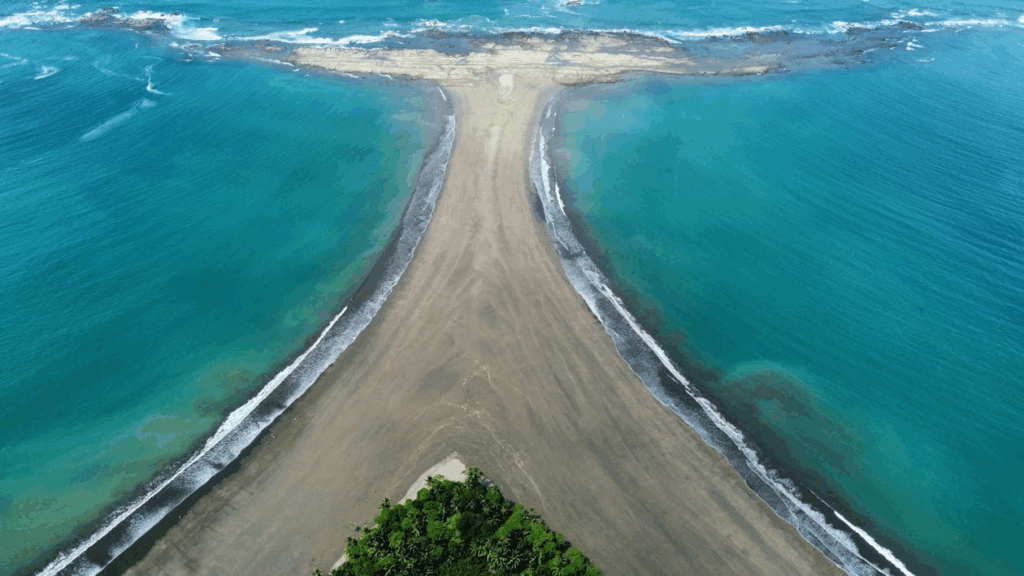
Uvita is a quiet town in Costa Rica’s South Pacific region, best known for Marino Ballena National Park and the famous natural formation called the Whale’s Tail. At low tide, a sandbar stretches out into the ocean in the shape of a giant whale’s tail, a coincidental yet symbolic nod to the humpback whales that migrate to the area each year. From July to October and again from December to March, visitors can take boat tours to witness these majestic creatures breaching and swimming in the warm Pacific waters. The town itself is small but growing, with eco-lodges, organic cafes, and a laid-back vibe that attracts nature lovers, digital nomads, and off-the-beaten-path adventurers. Uvita is also a launchpad for kayaking through mangroves, exploring hidden waterfalls, and hiking in nearby reserves like Hacienda Barú and the lush jungle trails of the Costa Ballena. The beaches here are quieter and more pristine than in northern Costa Rica, making it an ideal escape for travelers who want raw beauty, less crowds, and front-row seats to one of nature’s most incredible migrations.
16. Nicoya Peninsula
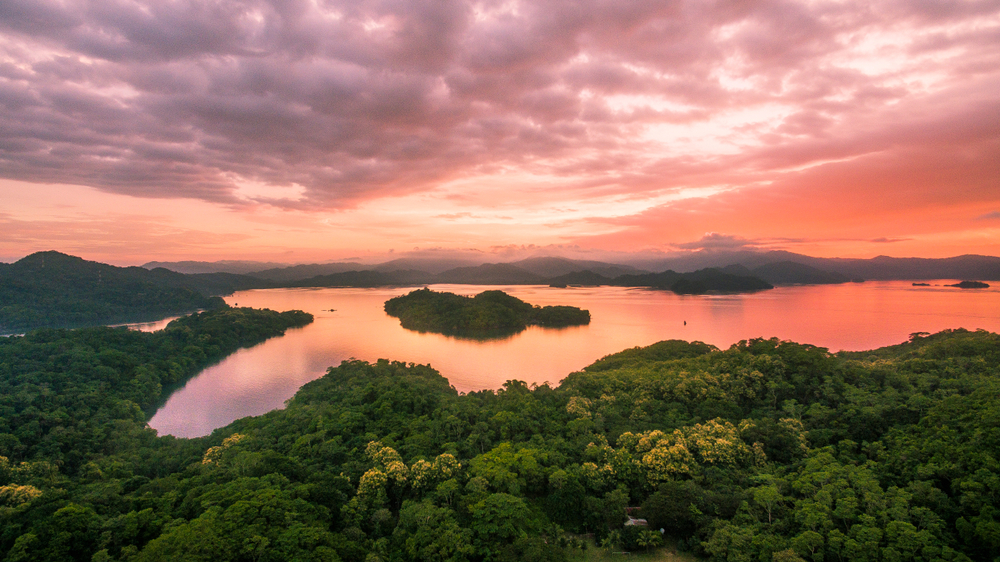
The Nicoya Peninsula is more than just a scenic coastal region—it’s one of the world’s five official Blue Zones, areas where people regularly live well into their 90s and beyond. This large peninsula on Costa Rica’s northwest coast is known for its serene beaches, relaxed lifestyle, and strong sense of community. Two standout towns here are Nosara and Samara, each offering a distinct atmosphere while sharing the same natural beauty. Nosara is famous for its holistic vibe, with beachfront yoga studios, eco-lodges, organic markets, and consistent surf at Playa Guiones. It attracts wellness seekers, families, and remote workers looking for balance and beauty. Samara, meanwhile, is a bit more developed but still chill, known for its calm bay that’s perfect for swimming, kayaking, and paddleboarding. The peninsula is also home to traditional cattle ranches, coastal fishing villages, and protected turtle nesting sites like Ostional Wildlife Refuge. The roads can be rugged in parts, especially during the rainy season, but that’s part of what keeps Nicoya feeling like a hidden paradise where time slows down and nature is everywhere.
17. Orosi Valley
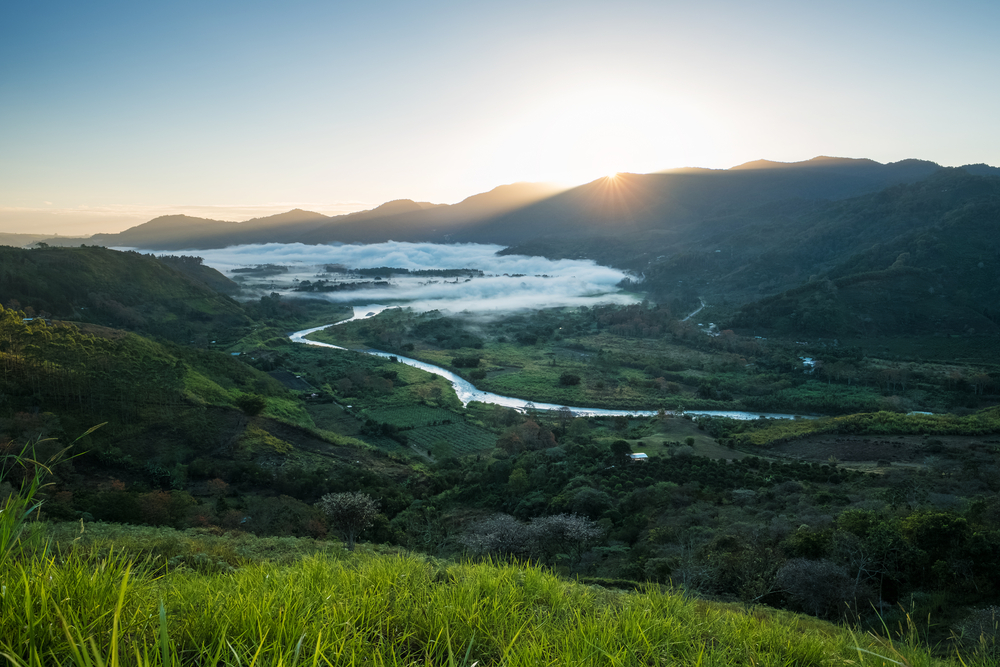
The Orosi Valley is one of Costa Rica’s most scenic and culturally rich regions, often skipped by tourists in favor of more famous destinations. But those who venture here are rewarded with lush green hills, colonial charm, and a peaceful atmosphere that feels worlds away from the tourist trail. Located southeast of San José in Cartago province, the valley is framed by mountains and dotted with small villages, coffee plantations, rivers, and hot springs. The town of Orosi itself is one of Costa Rica’s oldest settlements and home to the country’s oldest still-functioning church, Iglesia de San José de Orosi, built in 1743. Coffee culture runs deep here, and many fincas offer tours where visitors can see the entire production process from bean to cup. The valley is also close to Tapantí National Park, a lush cloud forest area with excellent hiking trails and rare wildlife. With its crisp air, scenic drives, and authentic feel, Orosi is perfect for travelers who want a taste of local life and natural beauty without the crowds.
18. Tenorio Volcano National Park
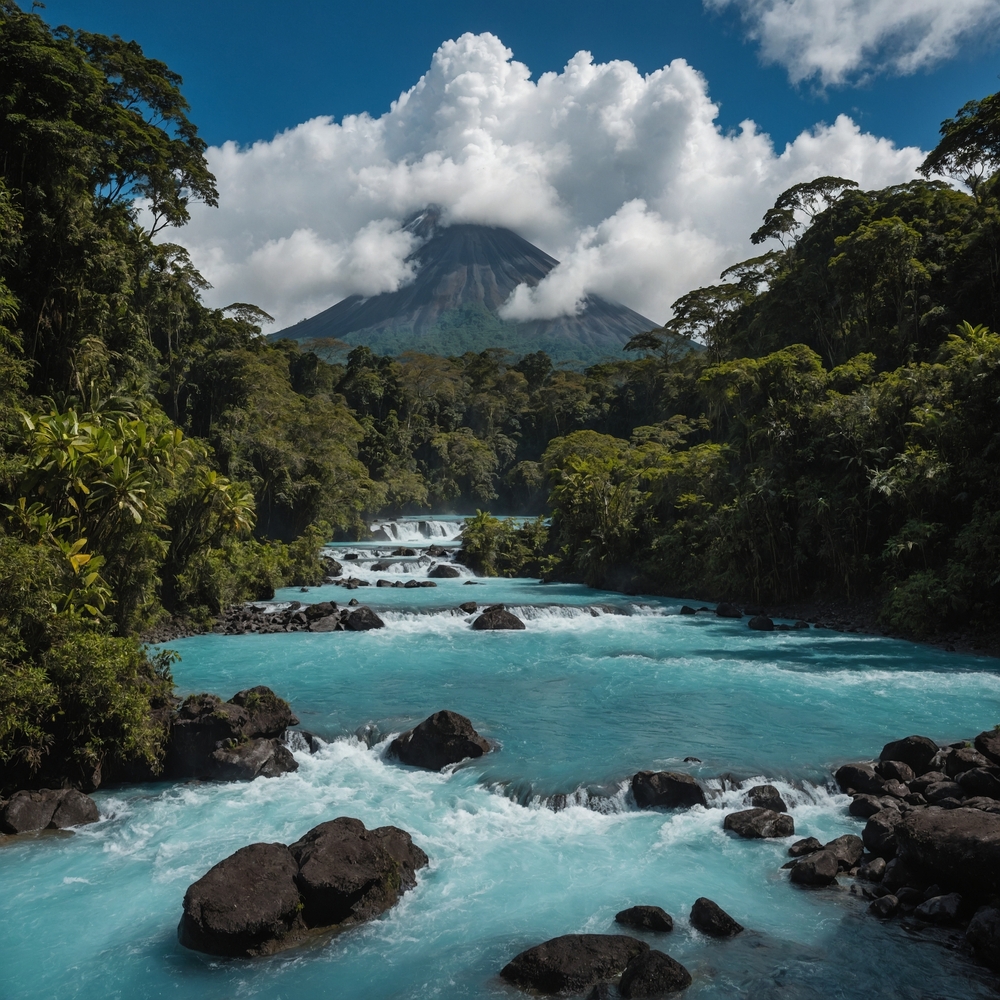
Tenorio Volcano National Park is home to one of Costa Rica’s most magical natural wonders: the Río Celeste, a river that turns a surreal turquoise-blue thanks to a natural chemical reaction between volcanic minerals. The park is located in the northern highlands near the town of Bijagua and offers a peaceful escape into untouched rainforest. Hiking the main trail takes visitors through dense jungle to several scenic spots, including the Río Celeste Waterfall, bubbling thermal springs, and the “Teñideros,” where two clear rivers converge to form the vibrant blue flow. The hike is moderately challenging and can get muddy, especially in the rainy season, but the stunning color of the river—especially when viewed from the waterfall’s base—makes it one of the most photogenic places in Costa Rica. The surrounding region is rich in biodiversity, with sloths, toucans, frogs, and even wild cats occasionally spotted in the park. Lodges in nearby Bijagua emphasize sustainability and community, adding to the off-the-beaten-path charm of this unforgettable destination.
19. Barra Honda Caves
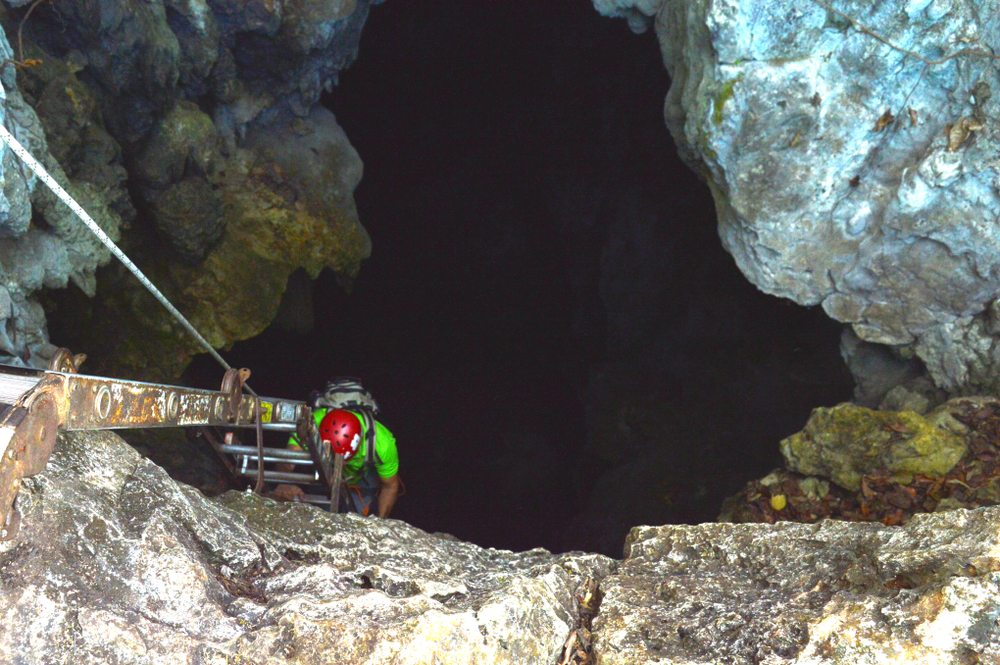
Barra Honda National Park offers something completely different from the beaches and volcanoes Costa Rica is known for—an underground world of limestone caverns, sculpted over millions of years by water and time. Located in Guanacaste, this lesser-known park is a paradise for geology lovers and adventurous travelers willing to descend into the dark. Only a few caves are open to the public, and visits require a guide and basic rappelling gear, as you’ll descend vertical ladders and ropes into chambers filled with stalactites, stalagmites, and even rare species of blind fish and bats. One of the most popular caves, Terciopelo, descends over 60 feet and showcases incredible mineral formations that sparkle under flashlight beams. Above ground, the park is home to dry tropical forest, hiking trails, and scenic viewpoints overlooking the Gulf of Nicoya. Because it’s off most tourist itineraries, Barra Honda offers a sense of solitude and raw nature. It’s an ideal stop for travelers looking to experience something different—and who aren’t afraid of a little mud and darkness.
20. Isla del Coco
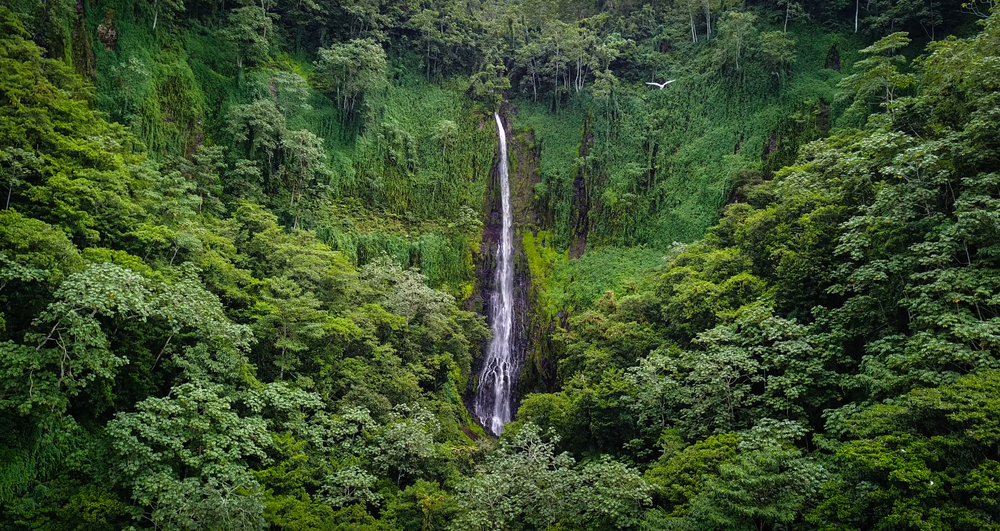
Isla del Coco, or Cocos Island, is Costa Rica’s most remote national park—and arguably its wildest. Located about 550 kilometers (340 miles) off the Pacific coast, this volcanic island can only be reached by liveaboard boat on multi-day expeditions, usually from Puntarenas. The trip is long and not cheap, but for serious divers and adventurers, it’s a bucket-list destination. The island is surrounded by deep waters teeming with marine life, including hammerhead sharks, manta rays, dolphins, whale sharks, and massive schools of fish. Cocos is regularly ranked among the top 10 dive sites in the world, and its strong currents and depth make it ideal for experienced divers. The island itself is covered in dense jungle and waterfalls, with no permanent human residents other than park rangers. It was once a hideout for pirates and treasure hunters, adding a layer of myth and mystery to its raw beauty. Hiking trails on the island lead to panoramic viewpoints, but most people come here to experience the unmatched underwater ecosystem. If you’re looking for true adventure, Cocos is as far off the grid—and as awe-inspiring—as Costa Rica gets.
Read More: 25 Must-Visit Travel Destinations for 2025

